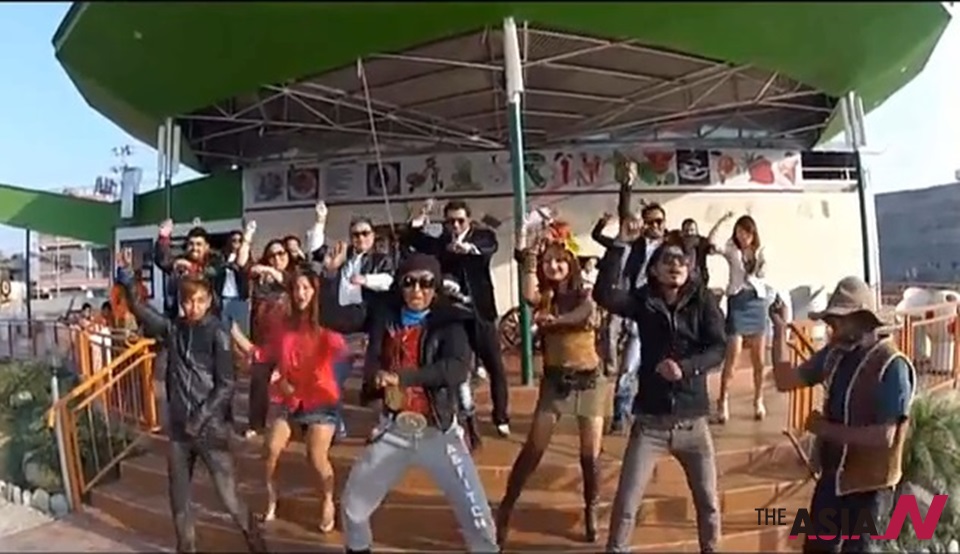Culture can’t explain it all
CNN, Time react typically to Sewol tragedy
Last Friday, two days after the Sewol sank, a CNN reporter made an on-air remark that felt all too familiar. “What (Korean) culture prizes in its children, its students, is obedience,” she said. “So when they were told to stay put by an adult, of course they would stay put.”
“This is certainly heartbreaking for (the parents),” she commented, “because these are the very parents who have instilled that sense of obedience in listening to their elders.”
TIME magazine pointed to the country’s “strict discipline” as perhaps making the children “more likely to follow the crew’s order.”
Intended or not, the implication was hard to swallow: these young people were programmed to obey their elders at all costs, even if they knew better, and their behavior elevated the death toll.
Major tragedies involving Korea are almost always followed by stories that question the role of Korean culture, which stresses deference to elders and authority figures, in what transpired.
The use of culture as a blanket explanation can be problematic for multiple reasons.
Most importantly, it can downplay the significance of more immediate factors at a time when details are still emerging.
According to crew accounts, the Sewol jolted and began to list at 8:48 a.m. Seven minutes later, it sent a distress call to dispatchers, saying it was steeply tilting and that movement was impossible.
While every moment may seem like an eternity in a crisis, seven minutes is a short window for teenagers facing the threat of powerful, cold waters to decide to buck the orders of someone who is supposed to know better about what to do in an emergency.
Restricted movement also offers a physical explanation to why people may not have been able to escape — information that has nothing to do with culture.
Other situational factors include where those who escaped were positioned at the time of the incident. According to the government, many of those trapped were on the third and fourth floors, while many who escaped were on the fifth.
It also risks portraying the students as having behaved in a homogenous way. As stories emerge of teachers and crewmembers who gave their lives to help others, it’s reasonable to think that some students may have acted bravely and independently. And the cultural approach, some say, may unduly impose differences between East and West.
“Emergency situations such as the recent tragedy are by their nature ambiguous, and people naturally look for leaders in these situations for direction and guidance,” said Rodolfo Mendoza-Denton, a social-personality psychologist at the University of California, Berkeley.
“Leaders are supposed to know what to do, and there is the assumption that what they tell you to do is for a reason (sometimes with tragic consequences). It’s a very strong tendency that may overshadow cultural differences.”
The proclivity to the cultural angle may reflect the nature of media in the era of the 24-hour news cycle. With outlets covering events around the clock — in the case of the missing Malaysia Airlines flight for several weeks — the likelihood of relying on well-trodden tropes increases.
Gil Asakawa, a journalist and blogger about Asian-American culture, said in theory it’s appropriate for western media to probe cultural differences in reporting stories.
But he added, “The danger is that reporters will focus on it as an oddity, or something exotic, instead of educating their audiences about the differences in cultural values between Asia and the West.”
In the coming weeks and months, culture needs to be addressed. The country’s maritime culture must be scrutinized.
The same goes for the culture at Chonghaejin Marine, the operator of the ferry, in which an inexperienced third officer, not the captain, was in command when the accident occurred.
Let’s not forget the culture among government officials and agencies, whose response was discombobulated when it needed to be seamless.
And yes, the incident provides Koreans an opportunity to reflect on national culture as well, one which has driven the success of the small country to unimagined places but where safety measures are lacking.
International coverage is but a tiny corner of the sprawling tragedy that has unfolded over the last week. Still, one hopes such reportage will be more careful when applying culture to explain rapidly-unfolding events. By Kim Young-jin The korea times заявка на кредитную карту по паспорту




